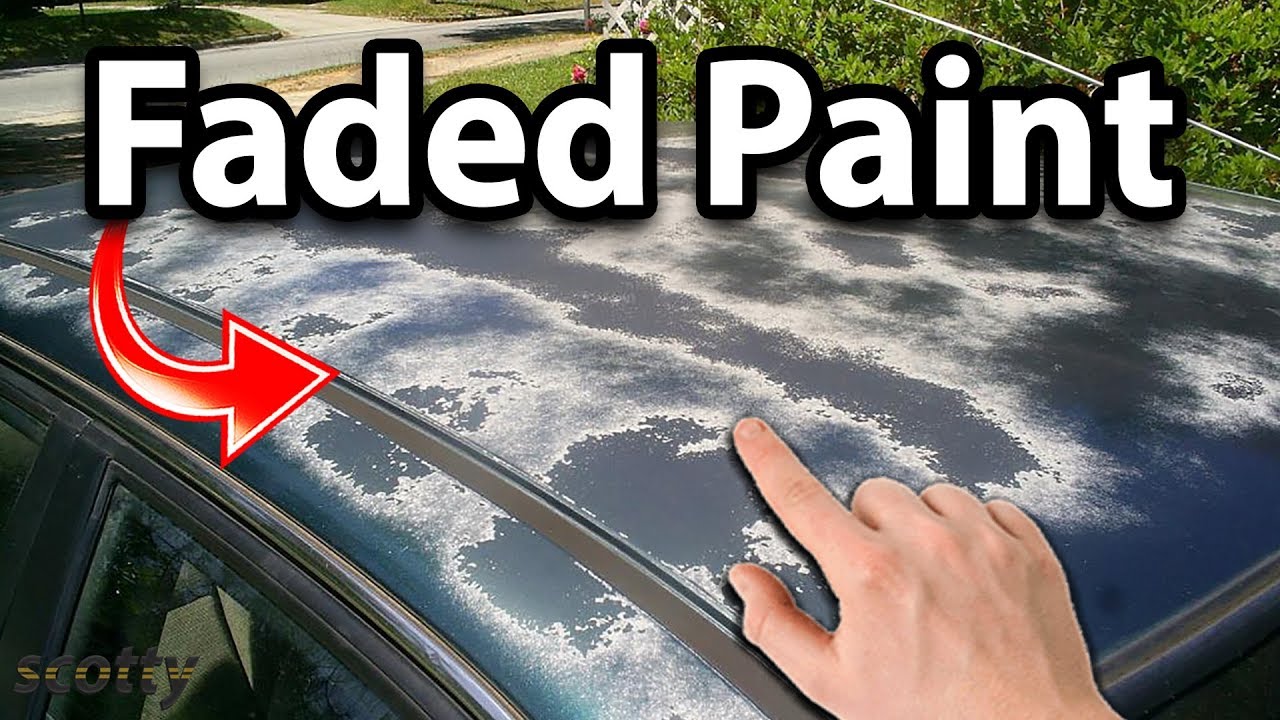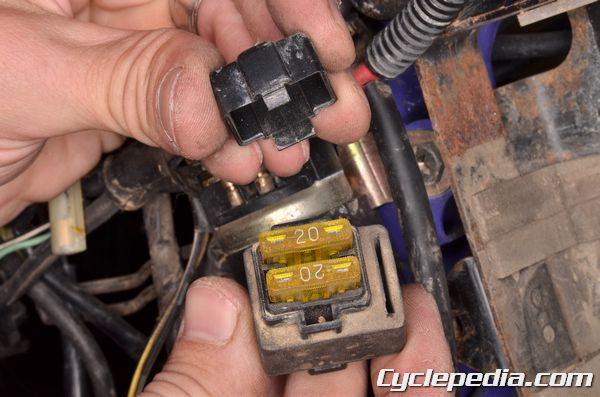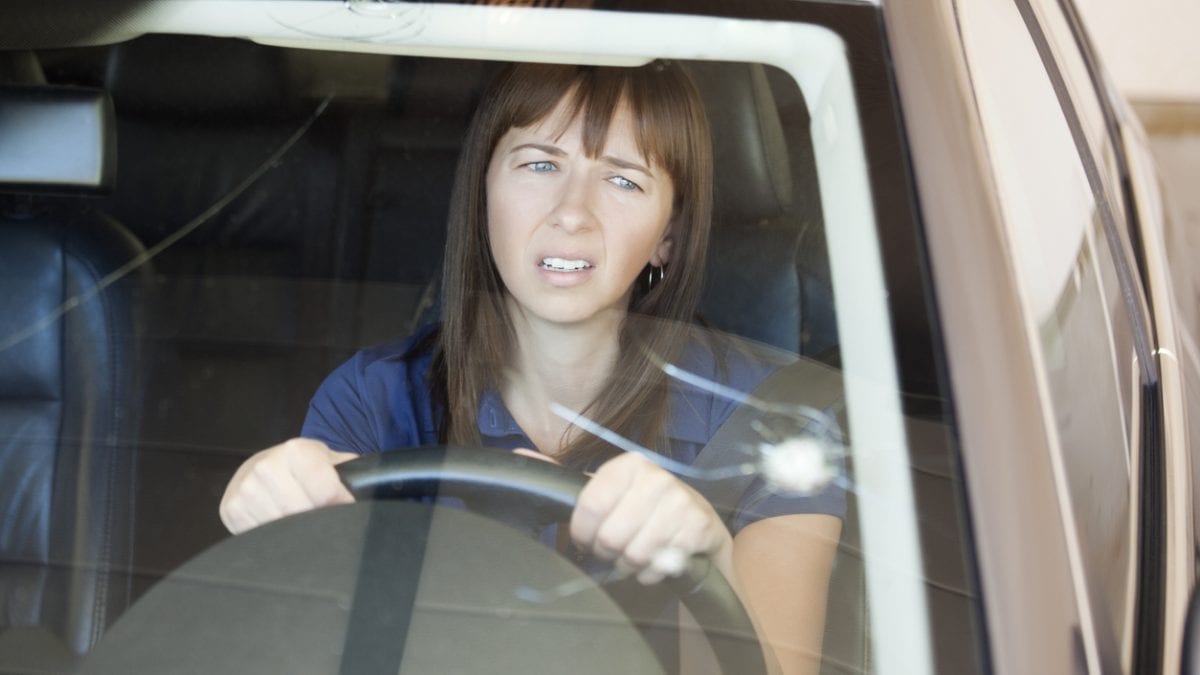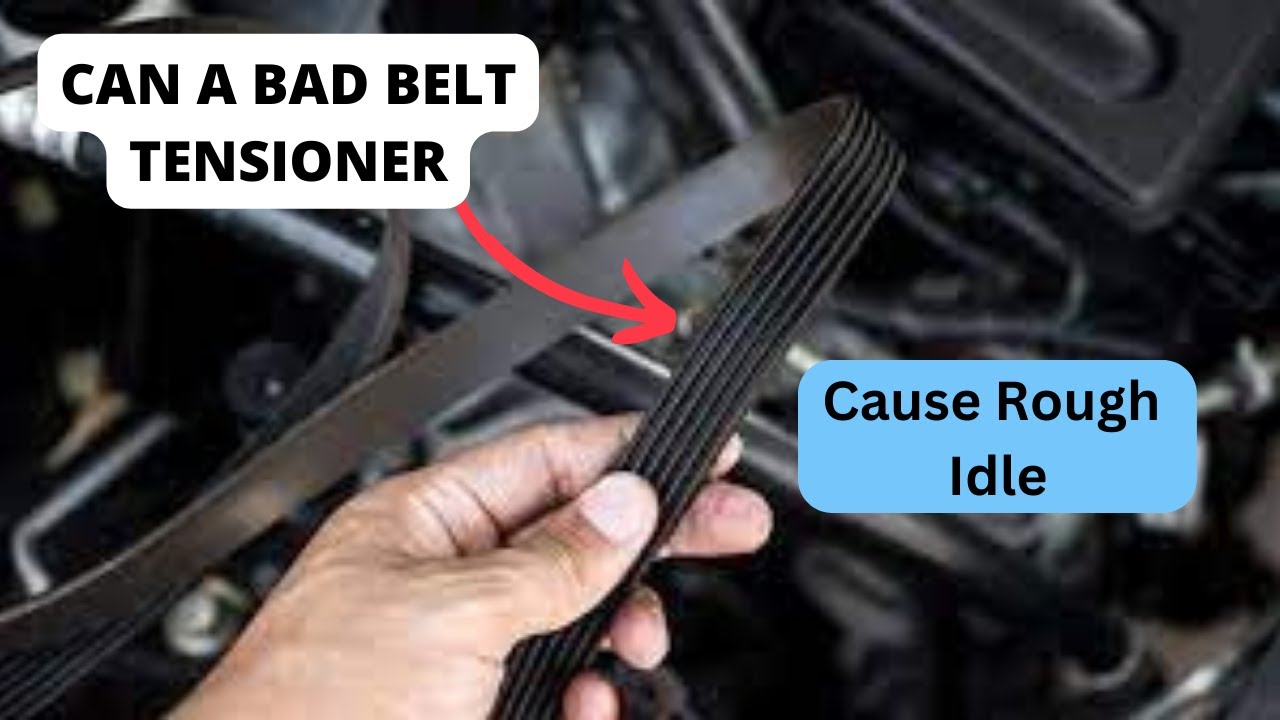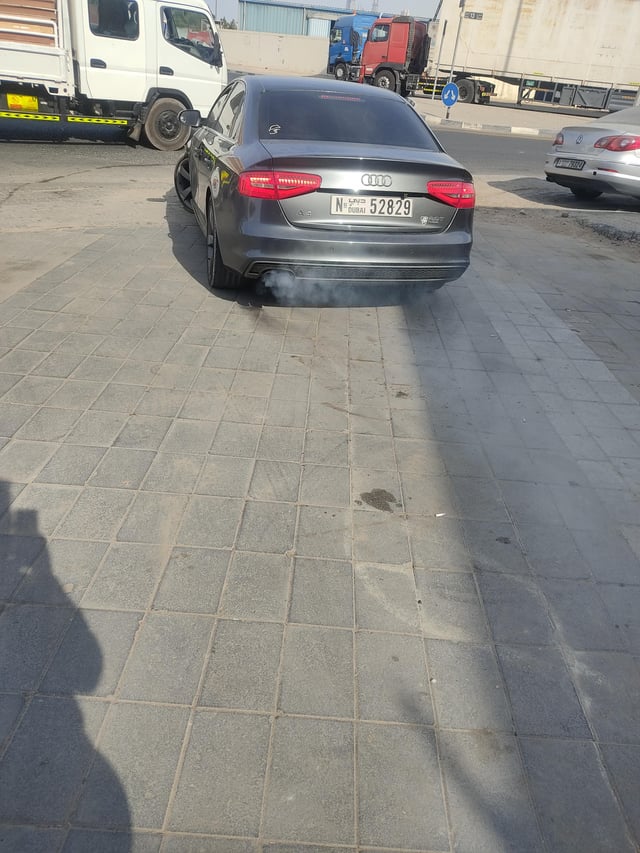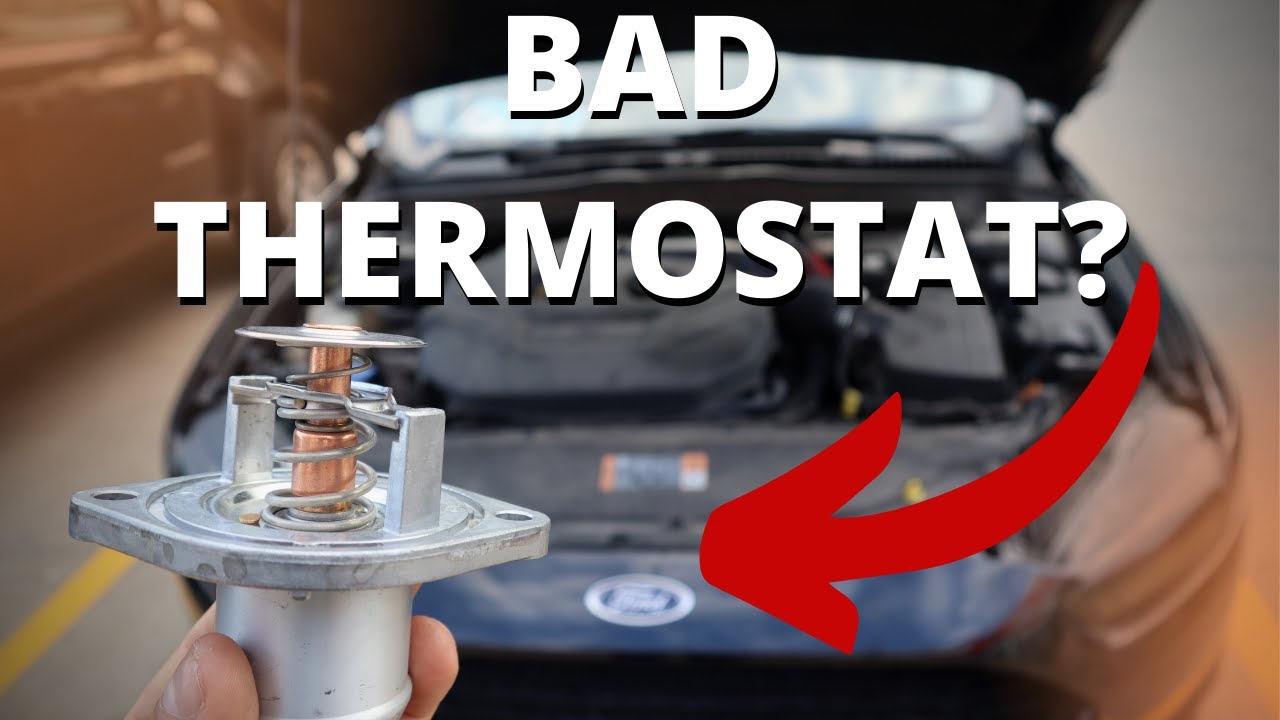How to Repair Sun Damaged Car Paint
To repair sun damaged car paint, begin by washing and assessing the extent of damage. Next, sand the area, apply primer, repaint, and finish with a clear coat.
Sun damage to your car’s paint can result from prolonged exposure to harmful UV rays, leading to fading, peeling, or cracking. Restoring your vehicle’s aesthetic appeal and protecting its exterior from further deterioration requires a systematic approach. The process often involves thorough cleaning, meticulous preparation, and precise application of new paint and protective layers.
Not only does this enhance your car’s look, but it also contributes to maintaining its value. Whether you’re a car enthusiast or simply an owner aiming to keep your vehicle in prime condition, understanding the steps to mitigate sun damage can be crucial. Each stage of repair demands attention to detail and the right materials to ensure a seamless finish that matches the rest of your car’s exterior.
The Sun’s Toll On Car Paint
The relentless exposure to the sun takes a heavy toll on car paint. Ultraviolet (UV) rays alongside intense heat can lead to significant damage if not addressed in time. Understanding what happens to your car’s exterior allows you to take preventative measures and maintain your vehicle’s pristine appearance.
Sun Damage Symptoms
Visual signs of sun damage to car paint include:
- Dull paint: Once glossy finish becomes flat and lackluster.
- Fading: The paint color visibly lightens, with certain areas appearing more affected.
- Cracking: Small lines or cracks emerge, which can worsen over time.
- Peeling: The clear coat or paint layer begins to flake off.
- Chalking: A powdery residue appears on the car’s surface.
Mechanism Of Paint Deterioration
The mechanism behind the deterioration includes:
- Oxidation: UV rays break down the paint’s chemical bonds, leading to oxidation and fading.
- Thermal expansion: Paint expands and contracts due to varying temperatures, causing micro-cracks.
- Chemical reactions: Environmental pollutants react with UV rays, accelerating damage.
Caring for a vehicle’s coat is crucial to prevent irreversible damage and maintain its value.
Initial Steps Before Repairing
Before jumping into the repair process for sun-damaged car paint, it is critical to take preparatory steps. These steps ensure that the repair work is efficient, effective, and can halt further damage. From evaluating the extent of damage to collecting tools, let’s walk through the initial stages.
Assessment Of The Damage
Identifying the degree of sun damage is the first pivotal step. Look out for signs of paint peeling, fading, or cracking. Feel for rough textures that could indicate oxidation. A thorough assessment gives a clear picture of the needed repair intensity.
Gathering The Necessary Tools And Materials
Ensuring you have the right tools at hand is crucial for a smooth repair process. Here’s a list of what you might need:
- Wash mitt or sponge – To clean the surface.
- Car wash soap – For gentle cleansing.
- Microfiber towels – To dry without scratches.
- Clay bar – For removing surface contaminants.
- Polishing compound – To restore shine.
- Buffer – For even application of polish.
- Wax – To protect the paint after repair.
Prepare these materials ahead of time for an uninterrupted repair session.
Deep Cleaning: The First Line Of Defense
Sun-damaged car paint can make your car look older than it really is. But, don’t worry. Deep cleaning is your first step to restoring its shine. It’s not just about looks. Protecting your car’s exterior is a must. Let’s dive in and learn what deep cleaning involves.
Washing Techniques
Gentle hand washing is key to kick-start the revival of sun-damaged paint. A couple of steps are crucial here:
- Use car-specific soap. It’s gentle on paint and tough on dirt.
- Wash in the shade. Direct sunlight can dry soap, leaving spots.
- Use two buckets. One with soapy water, one to rinse your mitt. This avoids scratching the paint with debris.
- Rinse thoroughly. Remove all soap to prevent residue build-up.
Clay Bar Treatment
Clay barring takes cleaning to the next level. It removes particles that washing can’t. Here’s how to do it:
- Start with lubricant. This makes the clay glide without sticking.
- Glide the clay bar over the paint surface. Work in sections until the surface feels smooth.
- Wipe off residue with a microfiber cloth. Check for a dust-free, smooth finish.
These two deep cleaning methods prepare your car for the next repair steps. They remove contaminants and reveal the true extent of sun damage. Now, your car is ready for polish and paint correction. The result? A car that looks almost brand new.
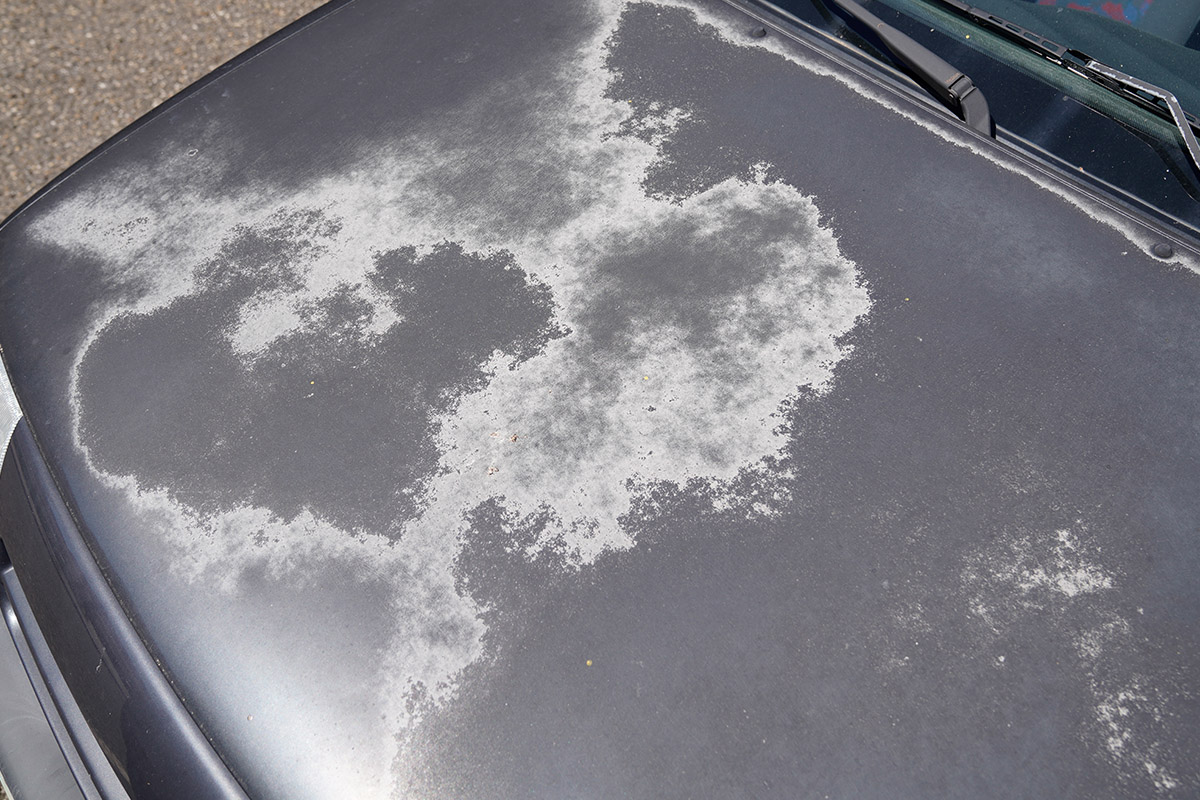
Credit: onpointmobilespraysolutions.com.au
Sanding: Smoothing The Path To Restoration
The restoration journey for sun-damaged car paint begins with sanding. Sanding removes the superficial damage and preps the car for a new coat of paint. This critical step creates a smooth surface for the paint to adhere. Let’s explore how to pick the right sandpaper and proceed with the sanding process.
Choosing The Right Sandpaper
Picking suitable sandpaper is crucial. A fine balance must be struck. Too coarse, and you might damage the car further. Too fine, and you’ll spend more time than necessary. Here’s how to choose:
- Assess the damage: Is the paint peeling or just faded?
- Start with a coarser grit: Use 600 or 800 for peeling paint.
- Gradually move to a finer grit: Finish with 2000 or more for smoothness.
Sanding Procedure
Once the right sandpaper is chosen, follow these steps to sand your car:
- Wash the car: Clean off dirt and debris for a clear work area.
- Wet sanding technique: Keep the surface damp to reduce scratches.
- Use gentle pressure: Sand in circular motions for even coverage.
- Check your progress: Wipe away residue and inspect the smoothness.
- Switch to higher grits: Move to finer sandpaper as the surface evens out.
- Rinse and dry: Finish with a thorough wash and let it dry completely.
Paint Correction: Bringing Back The Shine
Sun-damaged car paint can transform a shiny vehicle into a dull one. Paint correction is the magic wand that brings back the luster. This technique polishes the car’s surface, erasing the damage done by the sun. Let’s dive into how to repair these blemishes and restore your car’s paint to perfection.
Polishing Out The Imperfections
Polishing is a vital step in paint correction. It smoothes out the surface by removing a fine layer of paint. This process eradicates small scratches and faded areas. Use a dual-action polisher for the best results.
- Wash the car thoroughly to remove dirt.
- Clay the surface to pull out embedded contaminants.
- Apply polishing compound and work in sections.
- Buff away with a microfiber cloth for a smooth finish.
Selecting The Correct Polishes And Compounds
Not all polishes and compounds are created equal. Selecting the right ones is crucial.
| Polish Type | Use For |
|---|---|
| Compound | Heavier damage and scratches |
| Polish | Minor imperfections and shine |
| Finishing Polish | Final touch for a mirror-like shine |
Always begin with the least abrasive product. If necessary, move to stronger compounds.
Remember to use a soft pad for polishing. A harsh pad can cause more damage. Match the product to your car’s needs for best results.
Protective Measures: Guarding Against Future Damage
Shielding your car’s paint from the sun is crucial. It keeps the paint looking fresh and vibrant. Let’s dive into how you can guard your car against future sun damage.
Applying A Sealant Or Wax
Sealants and waxes act as sunscreen for your car’s paint. They create a barrier against harmful UV rays. This barrier keeps the paint under protection from sun damage. It is key to apply a quality sealant or wax after repairs.
- Choose a high-quality product with UV protection.
- Apply it every three to six months for best results.
- Ensure you cover all painted surfaces evenly.
Regular Maintenance Tips
Consistent care keeps your car’s paint in top condition. Below are essential steps to include in your routine.
- Wash your car regularly to remove dirt and grime.
- Use a car cover if parking outside for long periods.
- Park in the shade whenever possible to limit UV exposure.
- Inspect your car’s paint often for signs of wear.
Professional Help: When Diy Isn’t Enough
Let’s dive into the world of professional car paint repair when your at-home efforts can’t tackle the sun damage your vehicle has endured.
Finding A Reliable Service Provider
Finding a skilled professional can transform your car’s sun-beaten paint back to its original luster. Consider these steps:
- Ask friends for recommendations.
- Read online reviews for local auto body shops.
- Check their before-and-after photos.
- Verify certifications and warranties.
Select a service provider with a proven track record for best results.
Understanding The Costs And Benefits
Professional paint repair might seem costly, but it brings numerous benefits:
| Benefits | Cost Considerations |
|---|---|
|
|
Invest in professional service to protect and enhance your vehicle’s value and appearance.

Credit: guidetodetailing.com
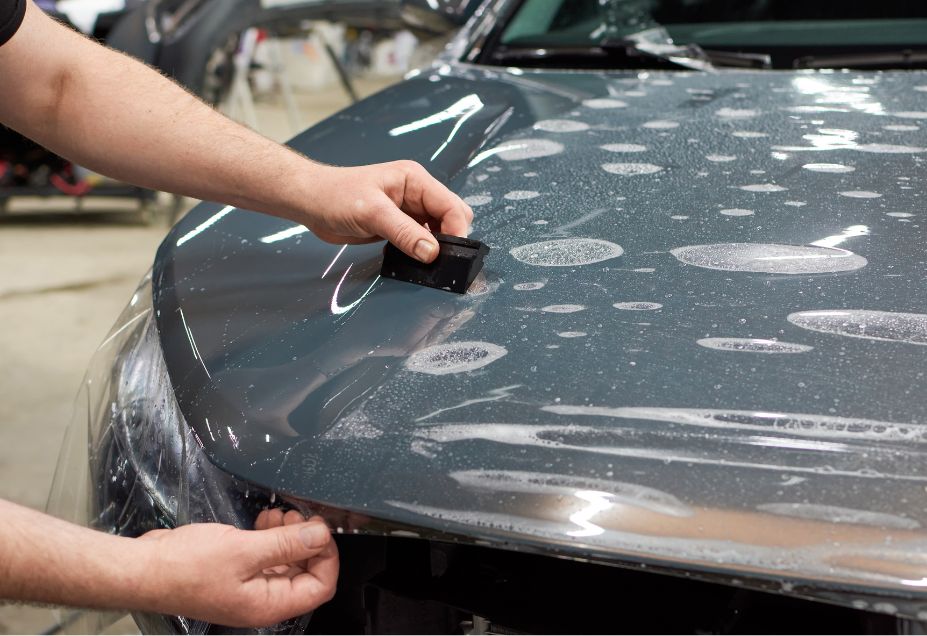
Credit: castlerockimports.net
Frequently Asked Questions For How To Repair Sun Damaged Car Paint
Can Diy Methods Fix Sun-damaged Car Paint?
Yes, DIY methods can address mild sun damage to car paint. Products like rubbing compound or specialized car polish can help. Always follow the product’s instructions and use gentle, circular motions during application to prevent further damage.
How Long Does It Take To Repair Sun Damage On Cars?
Repair time for sun-damaged car paint varies based on the damage extent. Minor repairs can take a few hours with DIY methods. Professional repairs for severe damage might require several days, including curing time for new paint or clear coat applications.
What Products Work Best For Sun-damaged Paint?
Products containing mild abrasives, like rubbing compound or polish, are effective for sun-damaged car paint. Look for formulas designed specifically for sun damage repair. These products can remove oxidation and restore shine when used as directed.
Does Car Wax Prevent Sun Damage?
Car wax provides a protective layer against UV rays, which can prevent further sun damage. Regular waxing, every three months or so, is recommended to maintain this protection and keep the car’s paint in good condition.
Conclusion
Restoring your car’s luster after sun damage is no small feat, but it’s achievable with the right approach. Embracing the steps outlined, from assessing the damage to the final wax, ensures a vibrant finish. Remember, prevention is key; invest in protective measures to keep your car shining bright.
Your vehicle’s rejuvenated paintwork is not just a reflection of your efforts—it’s a testament to your commitment to maintenance and care.

